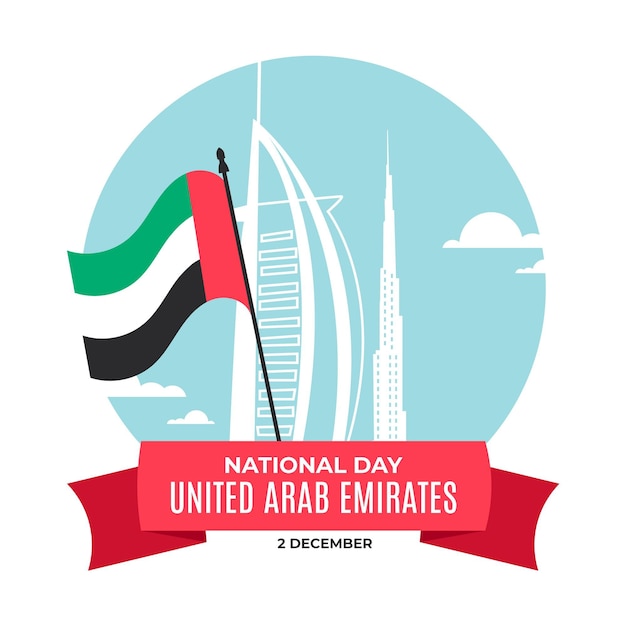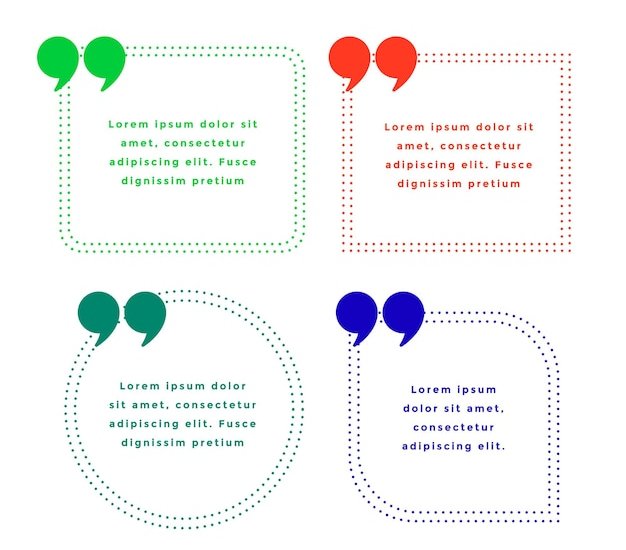Interesting Facts about Burj Khalifa

The Burj Khalifa is the tallest building in the world, standing at a height of over 828 meters.
It took over 5 years to construct the Burj Khalifa, from 2004 to 20
3. The Burj Khalifa has 163 floors, providing breathtaking views of the city of Dubai.
The building has the fastest elevators in the world, reaching speeds of 10 meters per second.
The Burj Khalifa is made up of steel and reinforced concrete, with over 142,000 square meters of glass façade.
The design of the Burj Khalifa was inspired by the Hymenocallis flower, and the repeating geometries of Islamic architecture.
The Burj Khalifa holds numerous records, including the tallest freestanding structure, the highest number of stories, and the highest occupied floor in the world.
The building’s observation deck, called At the Top, is located on the 148th floor and offers panoramic views of Dubai.
It is estimated that the construction of the Burj Khalifa used around 330,000 cubic meters of concrete and 39,000 metric tons of steel.
The Burj Khalifa is home to luxurious residential apartments, a hotel, corporate offices, and a mosque.
The building’s spire is illuminated by an LED lighting system that consists of 6,600 lights, creating a spectacular light show at night.
At the top of the Burj Khalifa, the temperature is significantly cooler than at ground level due to its height.
The Burj Khalifa has its own water system, collecting and recycling water for irrigation and cooling purposes.
Interesting Facts about Burj Khalifa part 2
The building’s construction required over 22 million man-hours to complete.
Visitors to the Burj Khalifa can experience one of the world’s highest outdoor observation decks on the 124th floor.
The Burj Khalifa’s design includes setbacks, which help reduce the building’s wind load and allow for natural ventilation.
The Burj Khalifa has won numerous awards for its design and engineering, including the prestigious Council on Tall Buildings and Urban Habitat’s Best Tall Building award in 20
The spire of the Burj Khalifa can be seen from over 95 kilometers away on a clear day.
The Burj Khalifa features an interactive multimedia presentation that tells the story of its construction and the city of Dubai.
The building’s design and construction required collaboration between engineers and architects from around the world.
The Burj Khalifa’s curtain wall system helps reduce the amount of heat transfer into the building, improving energy efficiency.
The building’s unique shape minimizes wind forces and reduces vortex shedding, making it more stable in high winds.
The Burj Khalifa has over 2,800 parking spaces, accommodating the needs of residents, visitors, and employees.
The building’s high-speed elevators have double-decker cabins, allowing for increased capacity and efficiency.
The Burj Khalifa has over 24,000 cladding panels, giving it a distinctive exterior appearance.
The observation deck at the top of the Burj Khalifa is covered in a special glass that reduces glare and reflects heat.
The Burj Khalifa has an advanced fire safety system, including smoke detectors, fire doors, and sprinklers.
The Burj Khalifa’s Dubai Fountain, located at its base, is the world’s largest choreographed fountain system.
The construction of the Burj Khalifa required the excavation of over 420,000 cubic meters of earth and rock.
The building’s foundation is supported by over 230 reinforced concrete piles, reaching depths of up to 50 meters.
The Burj Khalifa’s architectural lighting system can be programmed to display various colors and patterns.
The building’s outdoor cladding panels are made of a high-performance material that improves energy efficiency and reduces heat gain.
The Burj Khalifa’s design includes setbacks and sky lobbies, providing outdoor spaces at different heights for residents and visitors.
The building’s water-saving features help reduce the overall water consumption of the complex.
The Burj Khalifa’s mechanical, electrical, and plumbing systems are centrally controlled for optimal energy efficiency.
The building’s façade is designed to mitigate solar heat gain, reducing the need for excessive air conditioning.
The Burj Khalifa’s helipad, located on the 53rd floor, offers convenient access for VIPs and emergency personnel.
The Burj Khalifa hosts an annual stair climb race, where participants climb the 2,909 stairs to reach the observation deck.
The building’s exterior windows require regular cleaning, utilizing a team of abseiling window cleaners to maintain their sparkling appearance.
The Burj Khalifa’s construction required over 15,500 square meters of spandrel paneling to achieve its sleek look.
The building’s architecture is a fusion of traditional and modern influences, reflecting Dubai’s cultural heritage and aspirations.
The Burj Khalifa’s VIP suites offer luxurious accommodations with stunning views of the city.
The building’s water features, including reflecting pools and fountains, create a serene and calming atmosphere around the complex.
The Burj Khalifa’s iconic design has made it a symbol of Dubai’s transformation into a global city.
The Burj Khalifa’s construction served as a testament to human ingenuity and engineering prowess, pushing the boundaries of what is possible in architecture.

